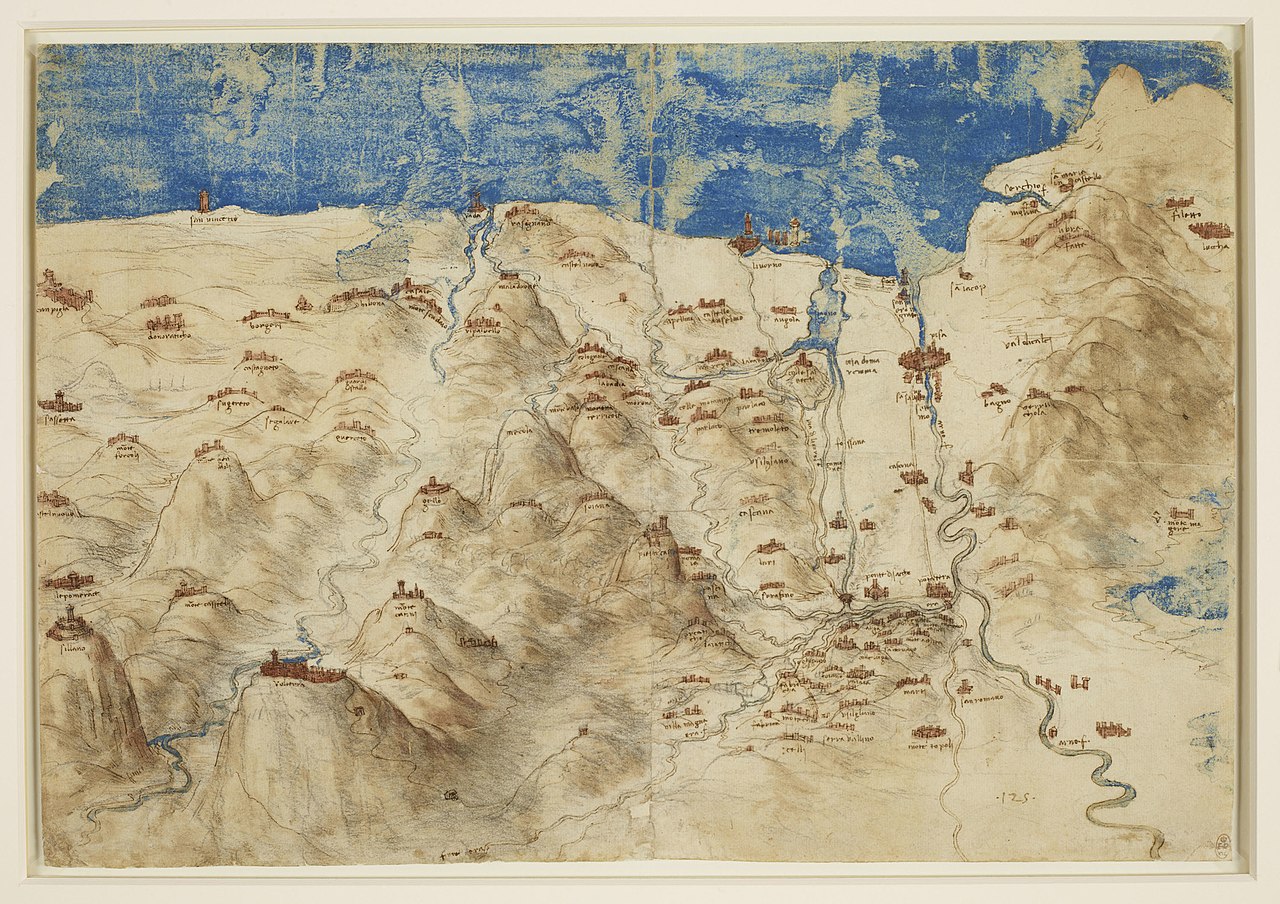The Mindful Mona Lisa: Walter Pater's "The Renaissance" and Anthropocene Reflection

“The presence that rose thus so strangely beside the waters,” Walter Pater’s famous paragraph about the Mona Lisa, is currently being celebrated for its 150th anniversary. While researching the voluminous Leonardo scholarship for this blog over its first three years (2020-2022) I read only this fragment of Pater in order to see the painting and its context more directly, with my own point of view, for better or for worse.
Thus in 2023 the timing is rather perfect to read his works in more detail and discuss them here.
Pater’s book of essays The Renaissance, published in 1873, was in many ways a key “bridge” out of the Victorian era into twentieth century Modernism. Younger writers like Proust, Joyce, Eliot, and Wilde paid close attention to Pater’s thought and W.B. Yeats even called his Mona Lisa fragment “the first modern poem.”
Because the concept of Esperienza, Italian for both experience and experiment, is central to this blog’s main hypotheses I wanted to confirm whether Pater’s famous paragraph mentioned it so late last year I checked and confirmed that it does -- twice in fact. After tracing a historical fabric from antiquity to Leonardo’s day which “All the thoughts and experience of the world have etched and moulded” into the portrait, Pater adds an eerily ancient yet immediately modern parallel to close the meditation:
“The fancy of a perpetual life, sweeping together ten thousand experiences, is an old one; and modern philosophy has conceived the idea of humanity as wrought upon by, and summing up in itself, all modes of thought and life. Certainly Lady Lisa might stand as the embodiment of the old fancy, the symbol of the modern idea.”
For Pater, modernity was deeply interwoven with the progress of science as well as culture, and with the rich appreciation of nature which has spanned all eras in varying forms and was central to Leonardo’s ethos.
“The movement of the fifteenth century was twofold; partly the Renaissance, partly also the coming of what is called the 'modern spirit,' with its realism, its appeal to experience. It comprehended a return to antiquity, and a return to nature. Raphael represents the return to antiquity, and Leonardo the return to nature.”
Leonardo’s return to nature was scientific rather than mythic, and is reflected in the rivers, geology, and optics of La Gioconda as well as his prolific writings. Art and imagination were key methods for Leonardo:
“The science of that age was all divination, clairvoyance, unsubjected to our exact modern formulas, seeking in an instant of vision to concentrate a thousand experiences.”
In the Conclusion to The Renaissance, a short essay so controversial in its time (for extolling “art for its own sake” which prefigured the Aesthetic movement) as to be removed from the second edition before being re-added in the third and followed up by Pater in his philosophical novel Marius the Epicurean by way of explanation, the centrality of experience is made even sharper:
"Not the fruit of experience, but experience itself, is the end. A counted number of pulses only is given to us of a variegated, dramatic life. How may we see in them all that is to be seen in them by the finest senses?"
In an age of chatbots which can produce for us both images and texts – both art and art criticism – and when even nature itself is at risk of collapse, the urgency of experience as guide and touchstone is unmistakable.
Next blog: Tokarczuk, Ognosia, Experience, and Diaphaneite
